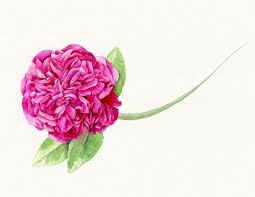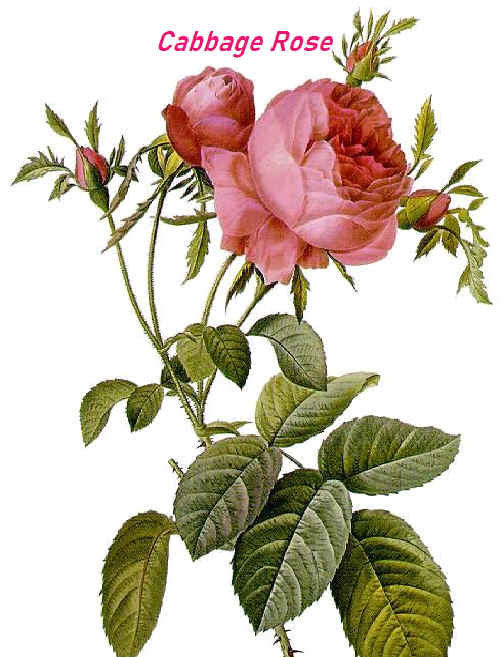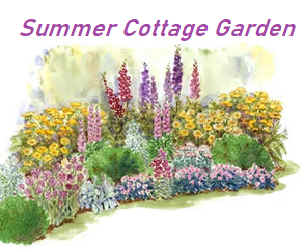|
|
||||
| Cottage
gardens utilized paths, arbors, and fences use traditional or antique-looking
materials. Wooden fences and gates, paths covered with locally made
bricks or stone, and arbors using natural materials all give a more
casual, and less formal look and feel to a cottage garden. Pots,
ornamental decor, and furniture also use natural-looking materials with
traditional finishes. Painted casual furniture was very desirable.
English in origin, it depends upon grace and charm, rather than formal structure. Homely and functional gardens connected to working-class cottages go back centuries, but their stylized reinvention occurred in 1870s England, as a reaction to the more structured, rigorously maintained estate gardens with their formal designs and mass plantings of greenhouse annuals. I prefer the flowing unstructured look and ease of perennials. And the ease of care. The earliest cottage gardens were more practical than today's, with emphasis on vegetables and herbs, fruit trees, perhaps a beehive, and even livestock. Flowers, used to fill spaces, gradually became more dominant. The traditional cottage garden was usually enclosed, perhaps with a rose-bowered gateway. Flowers common to early cottage gardens included traditional florists' flowers such as primroses and violets, along with flowers with household use such as calendula and various herbs. Others were the richly scented old-fashioned roses that bloomed once a year, and simple flowers like daisies. In time, cottage garden sections were added to some large estate gardens as well. The cottage garden in
France is a development of the early 20th century. Monet's garden at
Giverny is a prominent example, a sprawling garden full of varied
plantings, rich colors, and water gardens. In modern times, the term
'cottage garden' is used to describe any number of informal garden
styles, using design and plants very different from their traditional
English cottage garden origins. Until the late 19th century, cottage gardens mainly grew vegetables for household consumption. Typically, half the garden would be used for cultivating potatoes, and half for a mix of other vegetables plus some culinary and medicinal herbs. Plants Commonly Found in a Traditional Cottage Garden
Herbs In the traditional cottage garden, herbs were considered to be any plant with household uses. Herbs were used for medicine, toiletries, and cleaning products. Scented herbs would be spread on the floor along with rushes to cover odors. Some herbs were used for dyeing fabrics. Traditional cottage garden herbs included sage, thyme, southernwood, wormwood, catmint, feverfew, lungwort, soapwort, hyssop, sweet woodruff, and lavender. Fruits Fruit in the traditional cottage garden would have included an apple and a pear, gooseberries and raspberries. *Information
gathered from Wikipedia and other sources. Download Cottage Garden Designs in .pdf format. Just click the pics below to begin the downloads. |
||||












